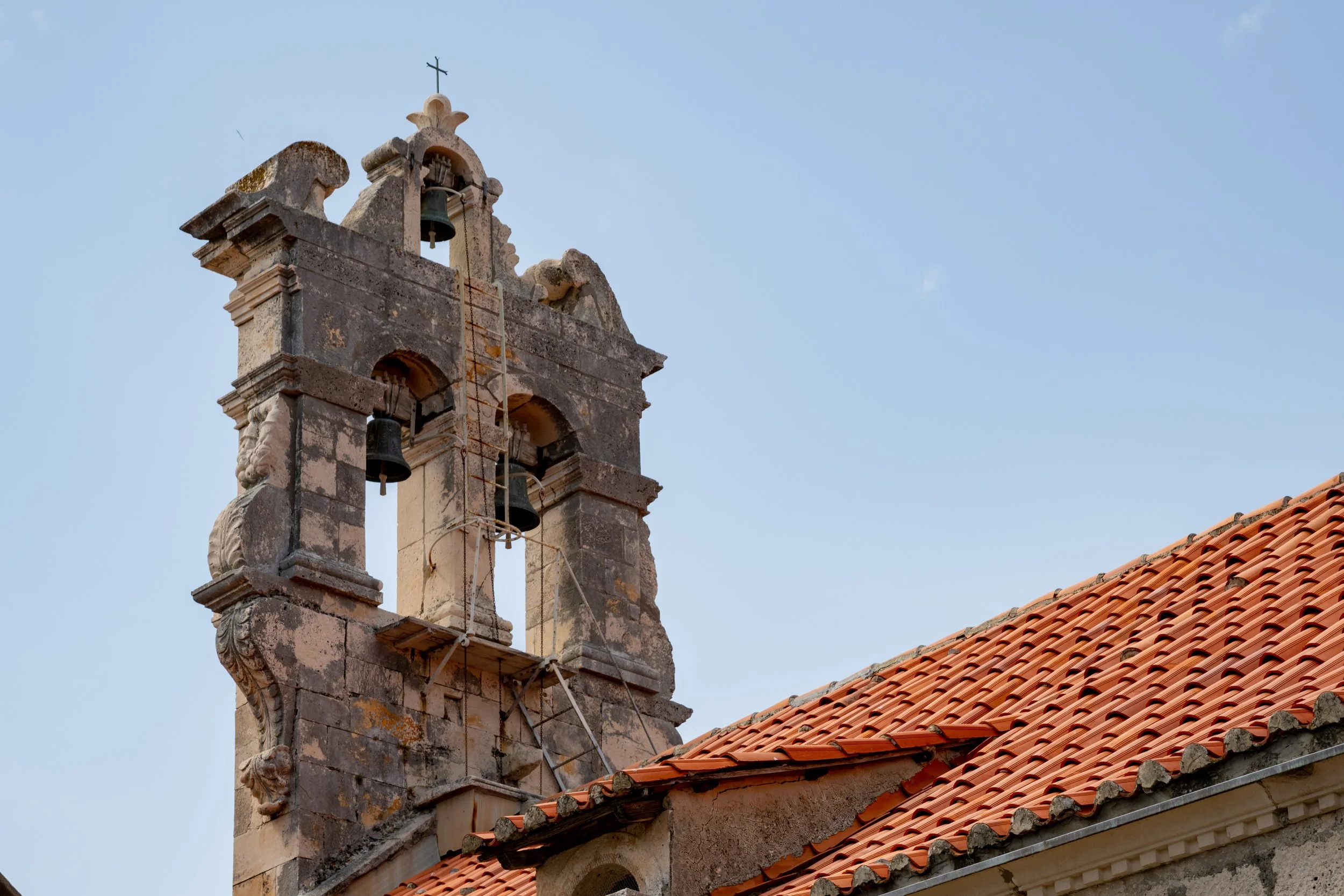Episode 149
Dobar Dan,
Sretan Majčin Dan to all the Moms out there!
In todays lesson Uncle Mike and Tony D have a few review words from past Mothers Day lessons, but also some of the more biological birth terms you can get to know.
Very interesting connections in a few of the words, great lesson.
Lesson
Mother’s day - Majčin Dan
Mother - majka
Wife/woman - žena
mother-in-law - svekrva
Pregnancy - trudnoća
Pregnant woman - trudnica
Labor pains/contractions - trudovi
Water/amnion -vodenjak (Aquarius)
Cesarean section - carski rez
Childbirth - porođaj
Super Slatko Report
DJ MOE and the Super Slatko Report will tell us all about Traditional Croatian Filigree Jewelry. Origins, technique, uses, you name it, DJ MOE tried to cover it for you.
Starting at the start, let’s rewind and go way back. Croatian filigree has its roots deep in history, tracing back to ancient times, but it really found itself during the Renaissance period along the Dalmatian coast. Cities like Dubrovnik were cultural melting pots, buzzing with artisans, traders, and travelers. These coastal hubs became hotspots for goldsmiths who brought techniques from the Byzantine and Mediterranean worlds, then put their own spin on it. It wasn’t just jewelry—it was identity, status, and wearable art, all twisted into delicate coils of metal.
To make fine jewelry of this caliber, skilled craftsman of the time were sourcing silver and gold the old-fashioned way. Precious metals were traded in through merchant routes, often arriving from nearby mines in Bosnia or even further via Venice. And let’s not forget the Adriatic Sea—these coastal cities were busy with traders bringing in coral, pearls, and gemstones. Mining and refining metals was no easy task either—think fire, hammers, and a whole lot of sweating. But these artisans turned raw ore into poetry with deft hands and skill.
Not just any fat fingered Freddy could get the job done. Filigree is essentially the lacework of metal—thin threads of gold or silver twisted, coiled, and soldered into intricate patterns. Think flowers, spirals, suns, stars, and even symbolic hearts, each one packed with meaning each skillfully designed from gold or silver. Some of these designs were believed to ward off bad luck or bring you good luck, while others symbolized love, fertility, or family heritage. The craftsmanship was unmatched—no machines, just steady hands and patience. And don’t be fooled by how dainty it looks—this stuff is tough in both quality and character.
So who got to wear this wearable artistry?Traditionally, filigree was worn during major life events—weddings, baptisms, religious festivals, to name a few. Brides would be decked out in necklaces, earrings, and brooches that had often been passed down through generations. And let’s be honest—every piece was a modest statement about your family’s status and style. In some regions, different designs or patterns even signified what village you were from. It wasn’t just decoration—it was storytelling, social signaling, and a little bit of showing off, all at once.
So there you have it—Croatian filigree jewelry: where history, craftsmanship, and bling all come together in a swirl of silver and gold. These days, you can find authentic pieces from artisans in Croatia, online through specialty boutiques, or even at cultural festivals. So if you’re looking to step up your Mother’s Day game, maybe skip the scented candle this year or the gift card from bath and body works, gift her a story—woven in a precious metal, dipped in history, and wrapped in love.
And that’s it for the super Slatko report.






